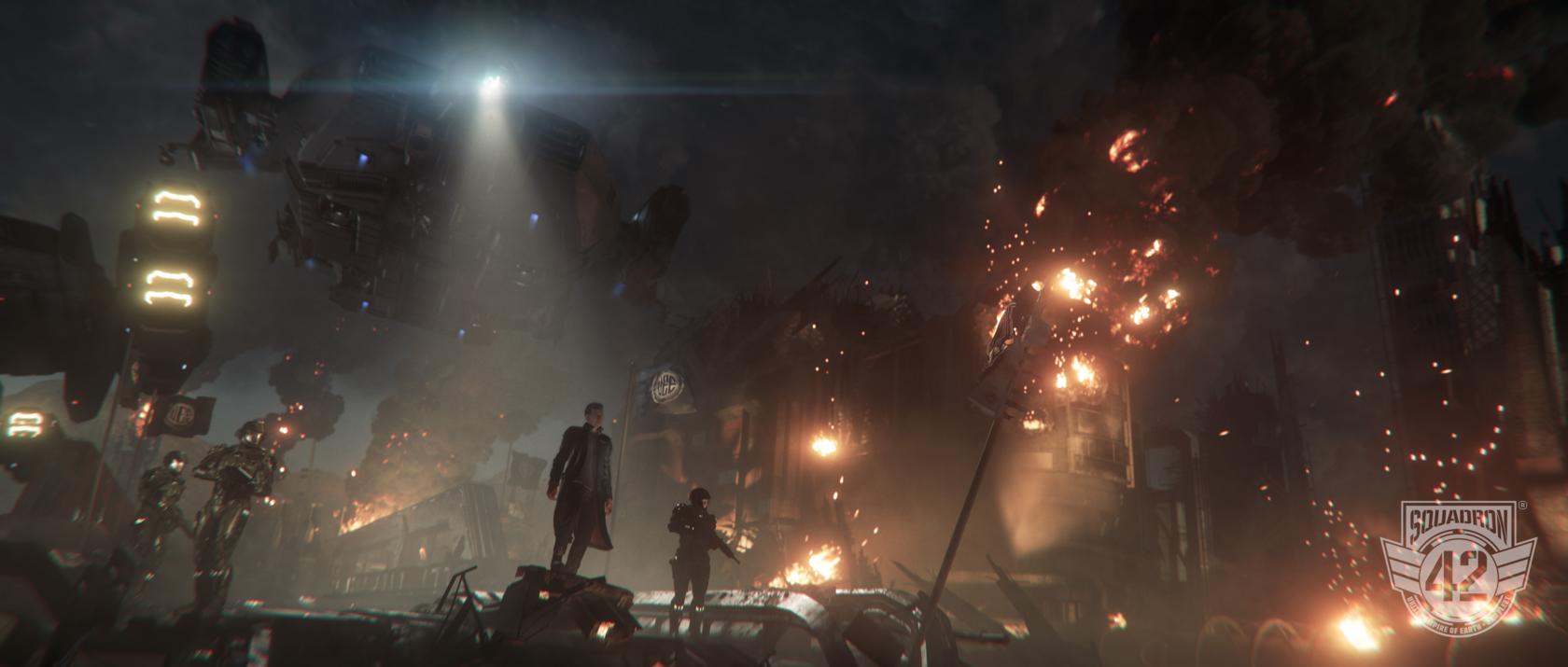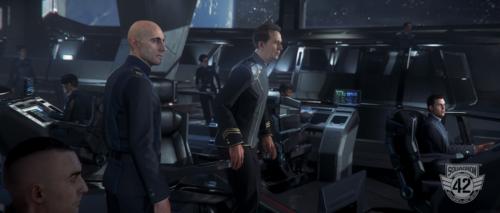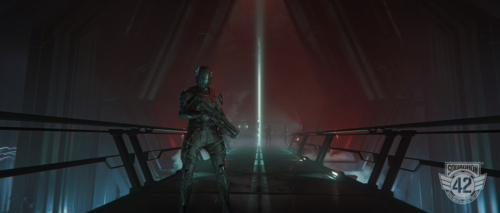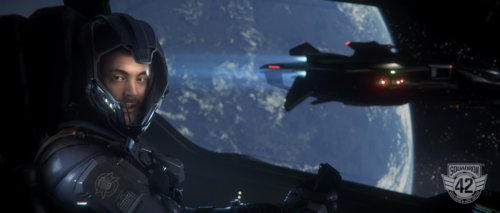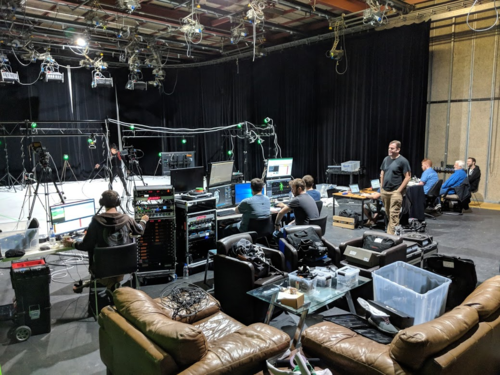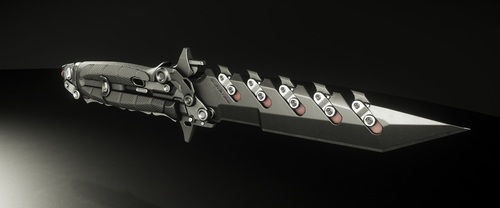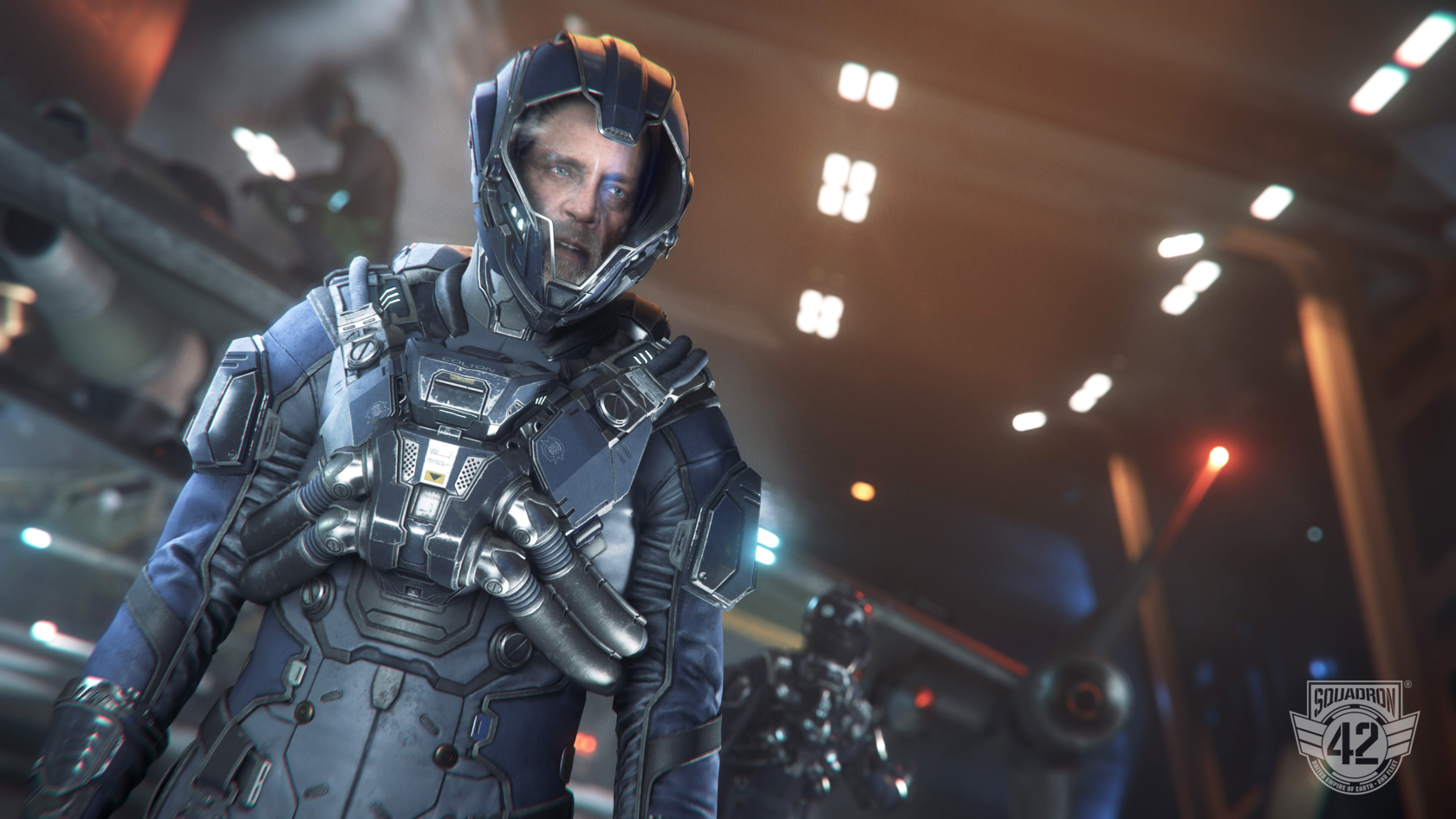Cinematics
The Cinematics Team split their time this month between creating content and advancing tech and tools. They had several meetings about where to fit PCAP to reworked props and where to change geometry to fit the specific shot performances; in particular, where to place the Idris and Bengal’s captain’s chairs.
They modified and completed several Trackview master sequences featuring newly-edited PCAP, including camera and lighting. The completed sequences essentially show a conversation or first-person cinematic and all of its branches in a linear fashion. The animators then use these to iterate on pose-matching, while the level designers use them as the blueprint for how the scene will play out once it’s scripted via AI logic.
On the tech side, they worked with tool engineers to improve the navspline for puppeteering ships. The spline now features better ghost vehicle rendering too, allowing its control points to be manipulated as editor objects. General work on the usability of the spline is continuing with numerous improvements. The team also revamped the ability to trigger weapon and turret fire on ships.
A collaboration with the tech teams featured example scenes that contain performances by real-life actors. As the actors were directing their performance to a specific point, the goal is now to guide the player towards that spot via UI. The first tests look promising.
Engineering
The Actor Team made a lot of small improvements to how first-person gameplay feels, such as speeding up weapon swapping, tweaking ADS aiming when moving, and adjusting weapon sway. They also revisited and fixed issues with the jump mechanic before undertaking a more detailed pass using the new time-warping tech to clean up the assets. Progress continues with the Usable Editor Tool, which enables the team to create and amend new usables directly in the editor and simplify the current process.
The new Walk and Talk prototype is making progress, with two characters now walking together while having a believable and dynamic conversation. The EU Gameplay Team has been supporting the cinematics group, fixing issues they’ve been having when creating cutscenes.
Facial animation
The team worked along-side Tech Animation to test the Vanduul facial rig. They also ran the first set of reviews for the new Facial Animation Quality Benchmark, with the goal of establishing a gold-standard for facial performance in a triple-A game.
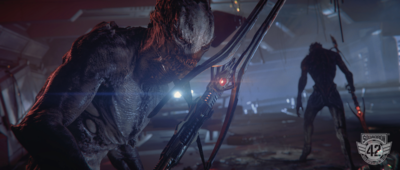
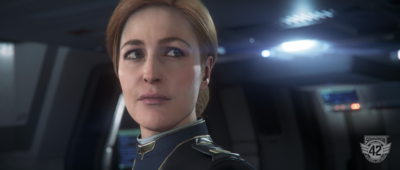
Gameplay Story
September was a particularly exciting month as the Story Team implemented more scenes than ever before. The aim for Q3 began with around 10, but they managed to get 23 working in-game to a high standard. They also gave more thought to the lighting and positioning of scenes within levels, which has led to considerable improvements to their visual appearance.
Graphics
The Graphics Team worked on several new features as part of ongoing space-crafting improvements. This included adding shadows onto and from gas clouds (with a 75% memory saving), the addition of turbulence and interference when near dense regions of cloud, and a new GPU spline based lightning system. On top of this, they also improved reflections from water and added tessellation to the organic shader, which is mainly used for rocks and terrain.
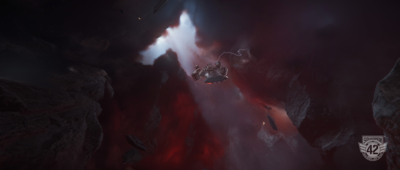
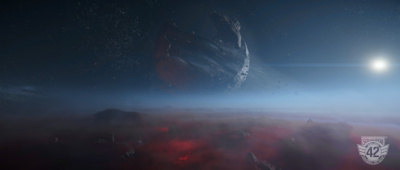
Level Design
The team is operating at full capacity, with a heavy focus on scene implementation and usables. Making all the locations of the game feel realistic and believable (particularly the way the AI interact and move around on their various schedules) is always a top priority.
All chapters of the game have a single design owner and several support designers who can work on them simultaneously. The numerous feature teams all have S42 technical priorities on their backlogs and have a steady stream of technology and workflow improvements coming in on a weekly basis.
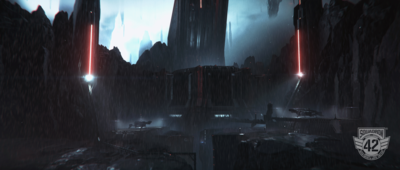
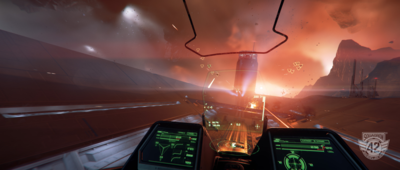
Props
The Props Team shifted priorities slightly this month to focus on getting their templates updated to work with the new usable systems, with the aim to make it easier to scale functionality out across the game.
Work has progressed on junk and scrap piles, with the whitebox assets getting a material pass. The original simpods have been brought up to scratch, staying true to the original concept but being reworked using the custom normal workflow. They were also converted to work with the most current shaders. Finally, the team has been going through the cinematic scenes and have started work on the props with performance capture associated with them.
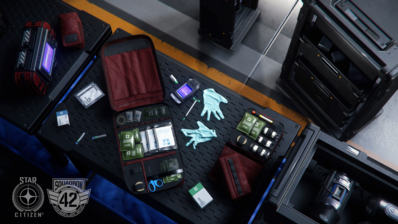
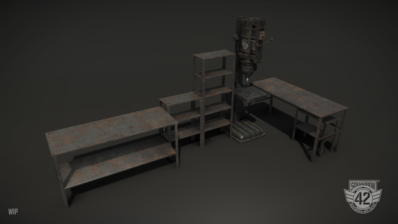
Ship Art
The Ship Art Team paused for a couple weeks on Persistent Universe work to take care of some pilot-fitting issues on a prominent S42 campaign ship. They raised the pilot position up and refined the interior geo a bit more. Now that it’s done, they’re back in full swing on the 300i grey-box for the PU.
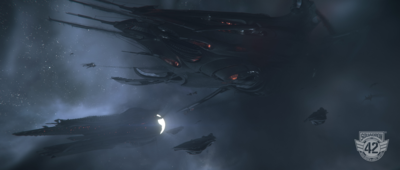
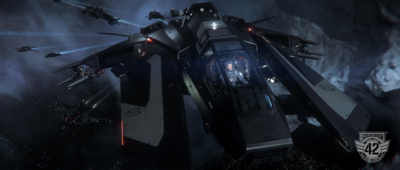
Tech Animation
The Motion Capture Team has been reconfiguring their whole rig to trigger capture on every platform over TCP/IP: reference, facial & body. This made it much easier to match and manage the resulting datasets and has improved workflow across the board.
They put it to the test on a recent shoot in Manchester and worked to implement much of the resulting animation. They have also been refining the pipelines in which they process the data sets from motion capture and bring them together as a whole in their animation DCC of choice, Maya.
Female animation received baseline processing, with retargeting of the core reference databases and basic animation done to make the refinement pass as easy as possible.
They also worked on multiple fixes for the usable system and supported the Combat AI Team with new weapon setups for left-handed combat.
Lastly, the team has been developing the facial rigging pipeline and skinning toolsets, with the Vanduul as the central focus of development.
UI
While UI predominantly provided support for new features in the PU, they also supported various environmental needs for Squadron 42, such as ambient displays in the background of scenes and locations.
VFX
This month, the team focused heavily on a variety of feature improvements, including significantly upgraded lightning effects. This doesn’t just refer to how it looks, but how it can be dynamically controlled and how it interacts with the player. This was all done in close collaboration with the Art and Design teams.
They also worked on various cinematics, as well as several in-game cutscenes. Some have been challenging to work on as they flesh out unique environments and situations that haven’t been seen before in a video game.
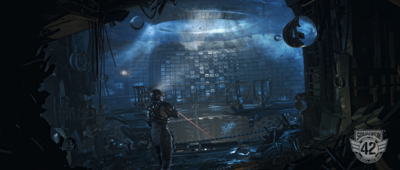
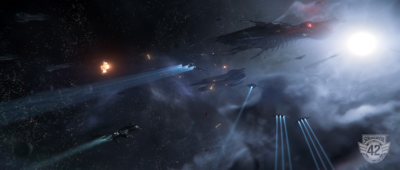
Weapons
The Weapon Art Team finished production on the Kastak Arms Sawtooth knife.
Covert Intel
